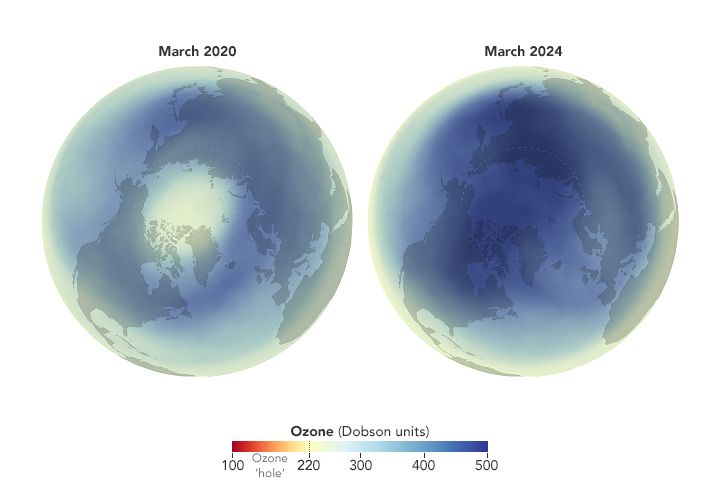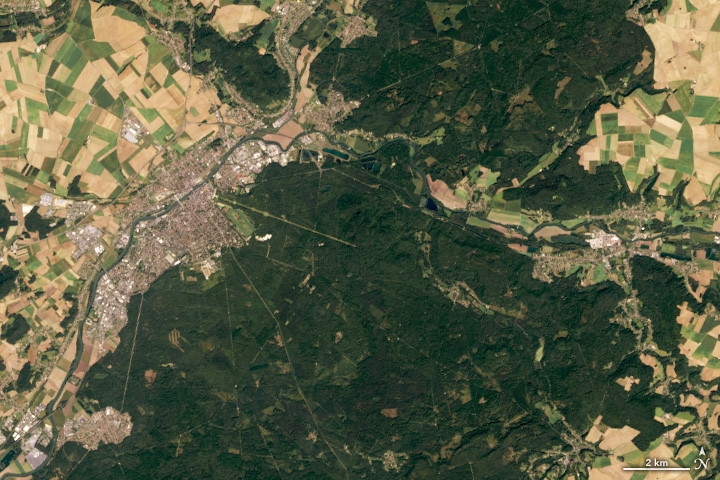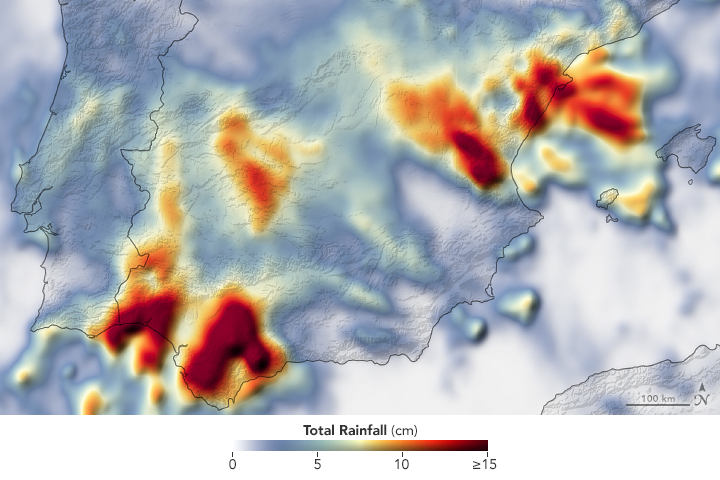- Home
- Missions
- Data
- Communications
- People
- The Earth Observer Newsletter




Recent Imagery
You will be directed to the NASA Visible Earth webpage when you select Images by Mission below, or click on the images at right that are randomly generated to represent four out of all possible topics.
You are here
Quick Scatterometer (QuikSCAT)
Status:
Completed
Mission Category:
Earth Observing System (EOS)
Launch Date: June 19, 1999
Launch Location: Vandenberg Air Force Base, CA
Designed Life: June 19, 2002
Actual Completion Date: November 23, 2009
The Quick Scatterometer (QuikSCAT) acquired accurate, high-resolution, continuous, all-weather measurements of global (land, ice, and ocean) radar cross-sections and near-surface vector winds over the ice-free global oceans. The wind measurements are used for research investigations as well as in operational weather prediction. Radar cross-sections from land and ice-covered regions are used for vegetation classification/monitoring, cryospheric investigations, and operational ice-edge and iceberg detection and monitoring.
Antenna ceased rotating in November 2009: still providing useful data through cross-calibration with other satellites.
Key Quick Scatterometer Facts
| Altitude:Distance from sea level. | 803km |
|---|---|
| Inclination: | 98.6° |
| Local Node:Approximate time, at the equator when vehicle is directly overhead. | 10:15 a.m. |
| Instruments: |
SeaWinds (Microwave Radar Instrument) |
| Project Scientist(s): |
Ernesto Rodriguez |
Relevant Science Focus Areas:
- Climate Variability and Change
- Weather
Relevant Science Questions:
- How is the global Earth system changing?
Related Applications:
- Air Quality
- Coastal Management
- Disaster Management

